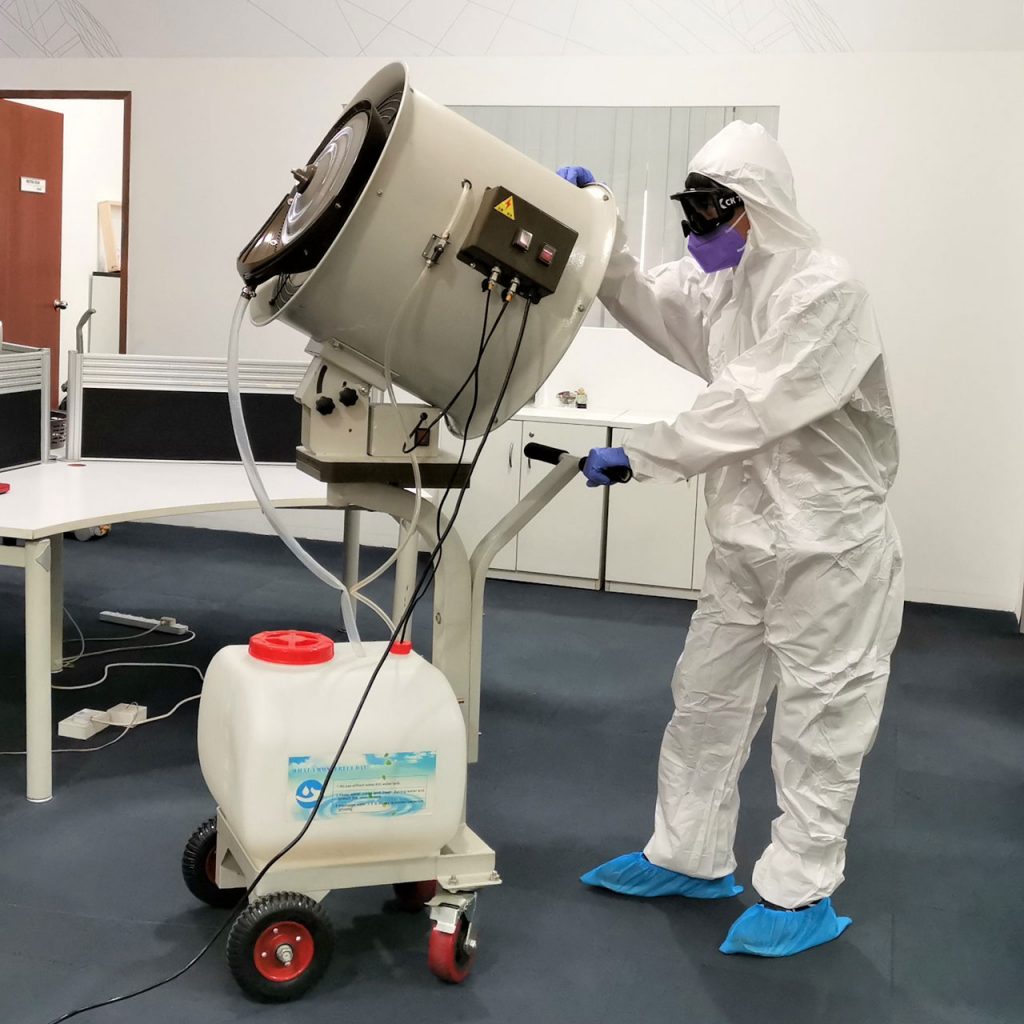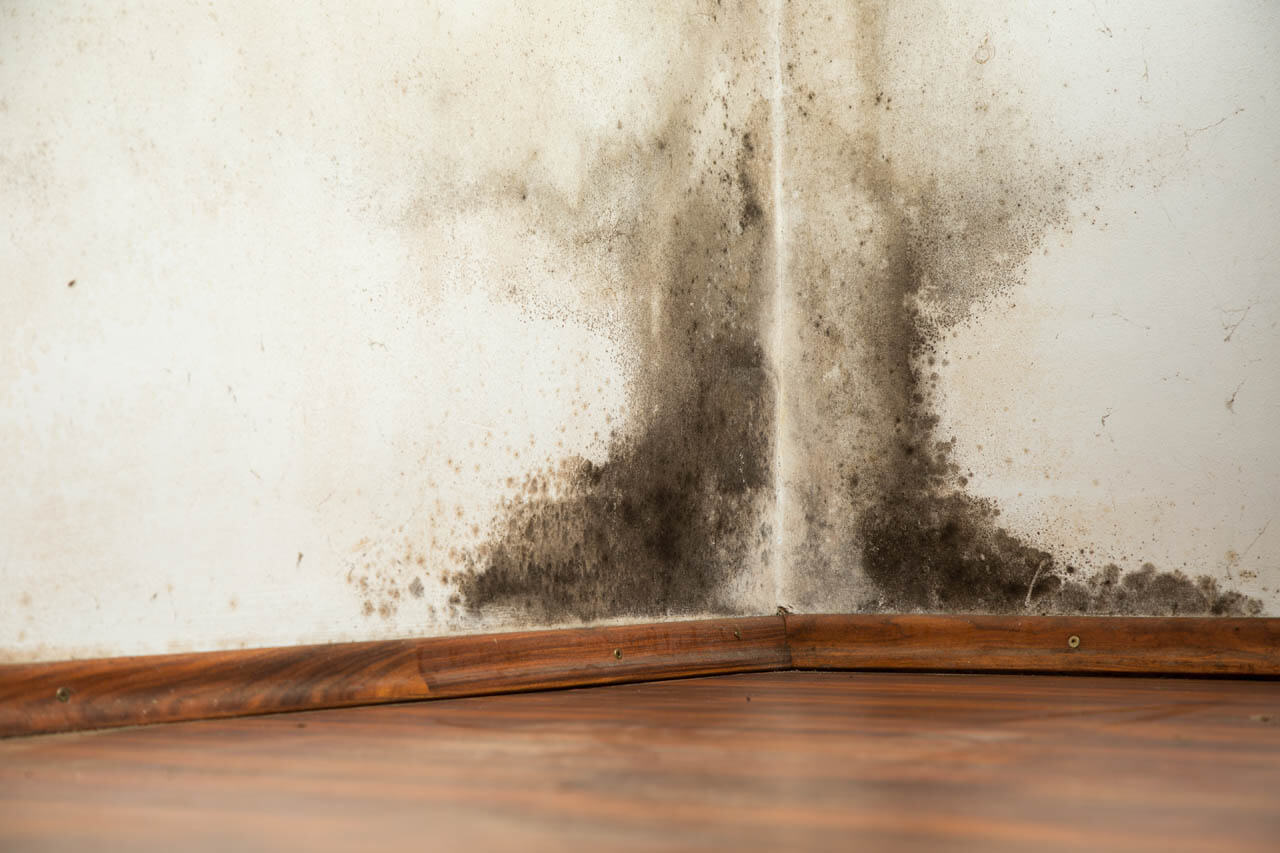
Prevent Mold – No one wants mold in their home.
In most cases, you’ve never encountered the words mold and interesting together. Nevertheless, mold can be interesting if you put your mind to it! Here are some fun facts about mold that is sure to enlighten your knowledge and be used at any conversation – as mold are all around us aren’t they?
The problem with mold is that it is generally not our friend. It may not always be the case, as you can see from these facts about mold. It is even more surprising that mold has abilities to hurt people and can negatively affect our health and property for many years afterward. Mold can, however, be a bit strange at times.
As mold causes damage to your home, it’s important to look into the fungi as much as possible to prevent and remove it. Here are 40 fun facts about mold that will surprise you!
- The prevalence of mold in households today has increased over the past 50 years.
- It is estimated that 50% of homes have mold problems.
- There is a staggering 100% chance that mold is responsible for chronic sinus infections.
- It is possible for mold to grow on any surface.
- The number of species of mold exceeds 10,000.
- There are 30 different health problems associated with mold.
- In reality, penicillin is just petrified mold.
- So is blue cheese!
- Asthma and other allergies are three times more likely to develop in infants born during mold season. Mold season varies from season to season, which makes it tricky!
- A mold infestation destroys more wood than fires, floods, and termites combined.
- Known as “slime mold,” this mold is weird because it can move on its own.
- Mildew is mold. There is a common misconception that they are different when in fact they belong to the same group.
- Unlike many other organisms, mold does not require light to grow, so it thrives in dark, wet environments.
- It is believed that allergy symptoms are caused by mold emitted by Christmas trees.
- A preventive measure against mold spores can only be taken by preventing moisture from growing indoors.
- Mold, which is also sometimes spelled mould, is a type of fungus.
- There are many mold species, some of which are responsible for food spoilage, antibiotic creation, food production, and even disease.
- Mold reproduces by way of spores, some of which can be dispersed in wind, in water, or by clinging to objects.
- Only large mold colonies can be seen by the naked eye.
- Foods are refrigerated to deter mold growth, as most mold species cannot grow until temperatures reach 5°C or higher.
- They can lay dormant and begin to grow when placed in the proper temperatures.

It’s easier to read about mold than to experience it, according to many homeowners. Because of this, it is important to invest in quality mold removal services in order to ensure prevention against mold invasion in your home. Are you facing mold problems at your residential or commercial buildings? Our teams and specialist ensure thorough mold cleanup and take stringent measures to eradicate mold. Start taking the first step to protect you and your family!
You don’t give mold much thought. When you do, it’s probably because the stuff suddenly shows up under a sink or at walls, really, It can grow anywhere and everywhere. You then grab some cleaning supplies, address the problem, and hope it doesn’t come back. However, that isn’t always the case. Which is why addressing the problem from it’s roots is very important.
Lets continue with the next fun fact about mold!
22. Used in a variety of products
Mold is a cheese-lover’s best friend. In fact, if you like bleu cheese, you are eating mold as active spores exist in commercially sold bleu cheese. Surprisingly, mold contributes to the cheese’s robust flavor.
Additionally, it is used in the fermentation process of certain wines, and the pharmaceutical industry uses certain forms of it to develop powerful antibiotics.
23. Sometimes cannot be seen
Although mold on your bread is often identifiable by the greenish-black spores that darken the surface of a slice, it does not start out greenish-black. Instead, it starts out as whitish spores that spread throughout the bread. This initial stage of mold is difficult to detect as it blends in naturally with aging or stale bread.
24. It impacts millions
Of the 21,000,000 asthma sufferers, 4,100,000 of them have been exposed to mold. It impacts people in the form of the body’s ongoing allergic reaction to spores that have been breathed.
25. It does not kill
Of the people exposed to mold, few people die directly of its effects.
26. Assists with killing
As noted above, few people die of mold-related sicknesses. However, it impacts the immune system, allowing other diseases like pneumonia to deal the death blow.
27. Mold is a catch-all term
In the same way that many types of cancers are all generally described as cancer, there are many types of mold. In fact, there are over 10,000 species of mold, each of which has its own unique fingerprint and impact on health. That said, of this staggering number of mold types, only five types grow indoors.
In warmer climates, the most common mold is Aspergillus. Cladosporium is common in colder climates. Penicillium will infiltrate your carpet and walls. Alternaria results from leaking pipes or flooding.
Stachybotrys chartarum is the most sinister and is referred to as black mold due to its characteristic black spores. Of these five molds, black mold is the one attributable to most health symptoms.
28. Directly linked to some diseases
Although mold can weaken your immune system and help other diseases take hold, mold actually causes Multiple Sclerosis. For instance, mycotoxin exposure causes inflammation, which sometimes leads to the hardening of myelin sheaths around nerves in the brain and spinal cord.
29. Dead spores are just as toxic
Dead mold can still cause much of the same problems that live spores cause. In fact, dead spores can cause problems for decades after the live spores have been killed.
30. Can easily be contained
As its growth is facilitated by moisture, a dehumidifier set to 40 percent will keep the humidity levels in your house at a level capable of halting its growth, allowing you time to call a professional or eradicate it yourself.
31. Cannot grow on concrete, rocks, or glass
Concrete, rocks, and glass have nothing for mold to grow into. Additionally, these types of surfaces contain no moisture content of any quantity capable of supporting mold. That said, if these surfaces get dirty, mold can grow on the debris or dirt that accumulates.
32. Tiny enough to pass through air filters
Surgical masks might protect a person’s respiratory system in an already sterile environment. However, the mesh in them is not tight enough to prevent spores from entering someone’s respiratory system. In fact, in order to prevent spores from entering your lungs, you will need a HEPA filter capable of filtering particles as small as .05 microns in size.
33. Mowing helps
Mold can grow in an unkempt lawn. For instance, dead leaves or debris in overgrown grass will eventually start harboring mold. This leads to elevated pollution in the yard and a potential increase in allergies in sensitive people.
34. Grows quickly
In less than forty-eight hours, mold can begin growing on a wet surface. If you have a pipe leaking into your floor, mold can begin spreading through the dark recesses of your home’s walls before the end of the weekend.
35. Can impact via the skin
Although most people suffer from breathing spores, contact with mold can result in dermatitis. If you scratch the surface of your skin and spores enter your system, you can be prone to skin infections that do not readily heal.
36. It celebrates holidays
One of the most surprising facts about mold is that Christmas is its favorite holiday. For instance, evergreen trees are commonly covered in mold. In fact, many people who are allergic to evergreens are actually responding to the mold brought in from the outdoors to the indoors.
These types of mold are often visible in the form of white cankers that penetrate the wood and boughs. In terms of mold’s favorite trees, Cytospora grows on spruce trees and can seriously pollute indoor air. In fact, journalists at ABC found that standard trees bought at holiday tree farms and big-box retailers increase the mold by a factor of five over the holiday season.
37. Official health hazard
In 2014, the World Health Organization declared mold to be a contributing factor to a variety of health problems, such as the following.
- cancer
- pneumonia
- asthma
- miscarriages
- allergies
Although it does not kill people, it does weaken their immune system enough for more deadly diseases to set in, take hold, and finish the job. As such, they declared mold an official health hazard.
38. Some can even think
If black mold represents the muscle of the mold world, Physarum polycephalum represents the brain. Although Physarum polycephalum does not actually have a nervous system capable of supporting an actual brain, their chemical processes are employed to solve problems and assist in the organism’s survival.
Chemotaxis is one process to help determine if a chemical is safe or hazardous. However, the chemical process of chemotaxis is not the only example of Physarum polycephalum’s intelligence. Researchers have found that various slime molds can train one another.
For instance, if mold is placed in an unfriendly environment, it will grow and move until it finds a safe place for it to flourish.
This sounds natural, but the unnatural thing about this process is that if so-called experienced spores that have found their way out of a hazardous maze are presented to so-called inexperienced spores placed in the same maze, the inexperienced spores learn from the experienced ones and exit the maze significantly faster.
39. Does not like fast food
Because of the processing that many fast foods undergo, mold will not grow on them. For instance, researchers have found that McDonald’s hamburgers will not mold. They simply age.
Whereas natural food will decompose into a moldy forest of disgusting spores, fast-food hamburgers will often become desiccated and wrinkled but will not show any signs of mold.
40. Mold starts growing in 24 to 48 hours
In the right conditions, mold can grow in as fast as 24-48 hours after a water damage event. The perfect conditions for mold growth are a food source (organic material like drywall), moisture, and an ideal temperature of 77 °F – 88 °F. Thus, water damage remediation is critical to preventing mold growth after a flood.
Would you be surprised to learn that mold facts could make up their own entertaining category in a trivia game?




